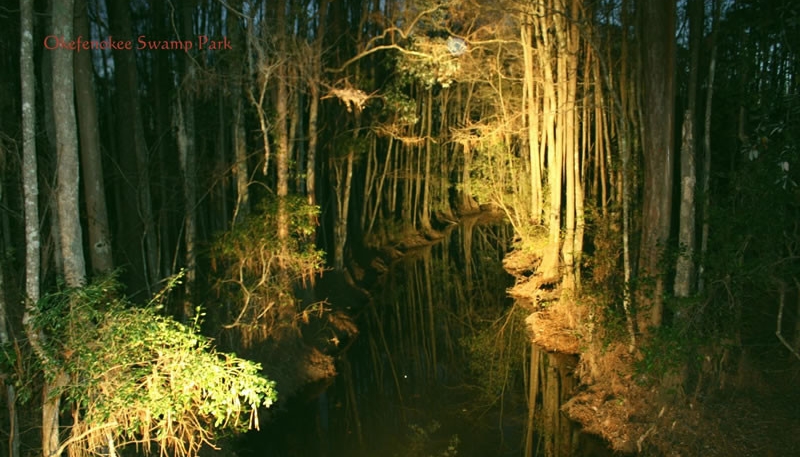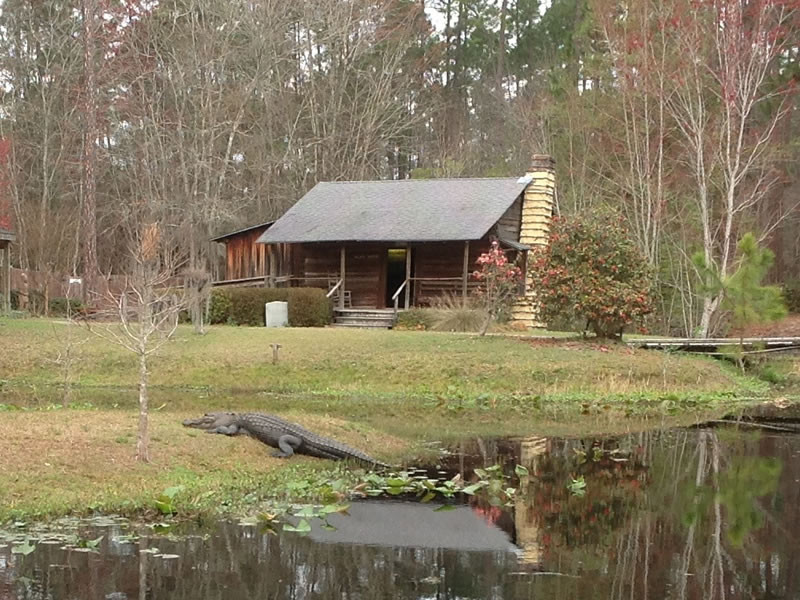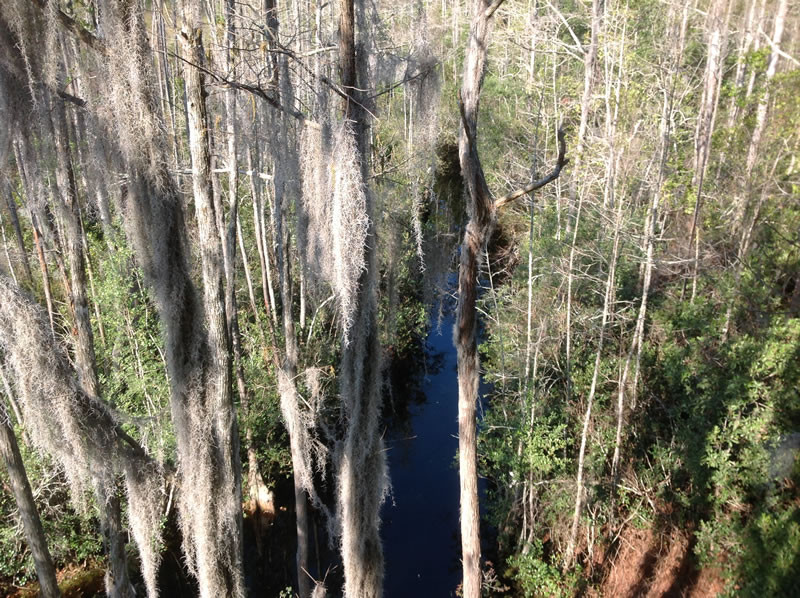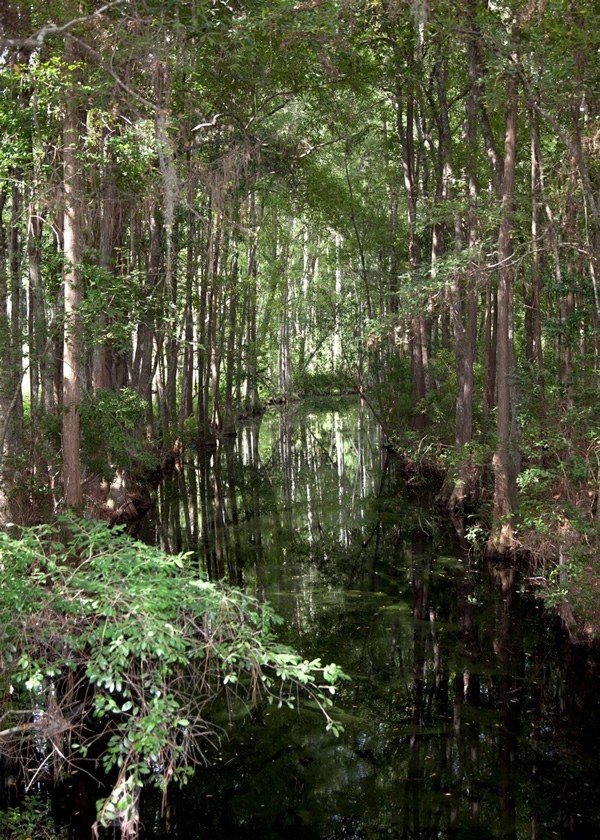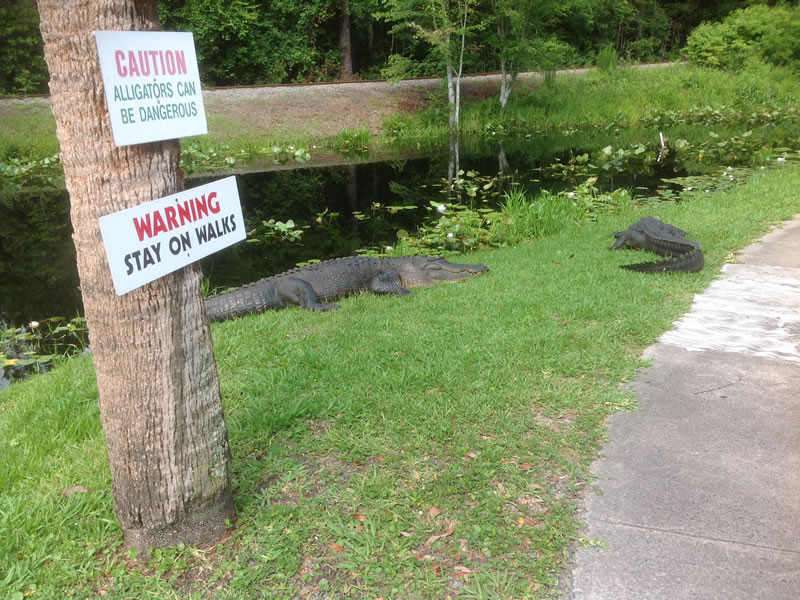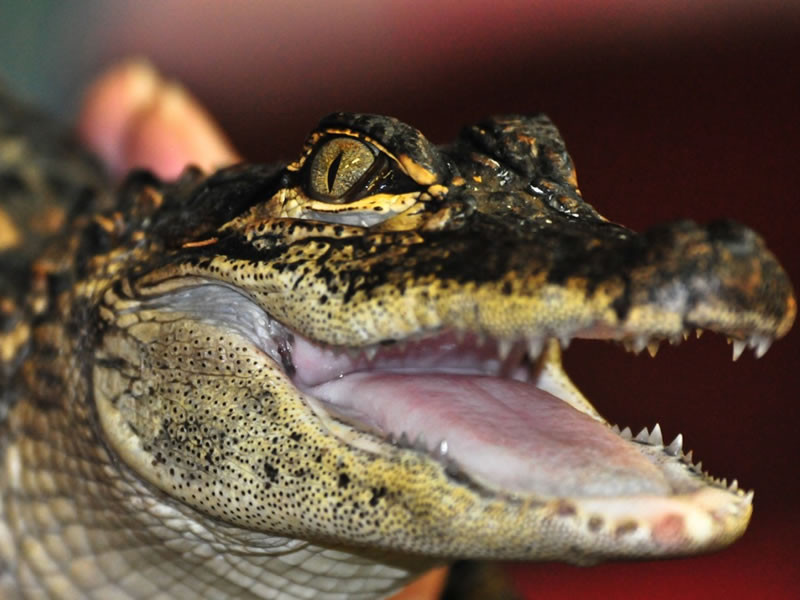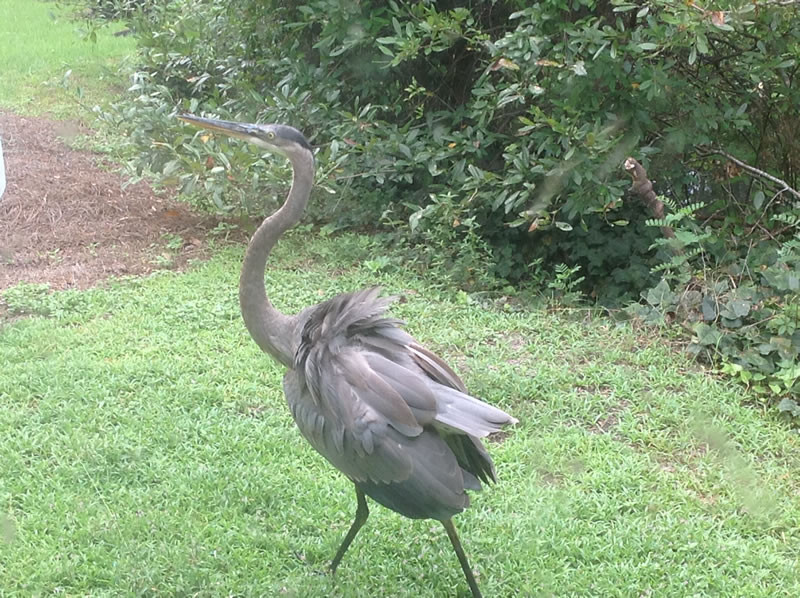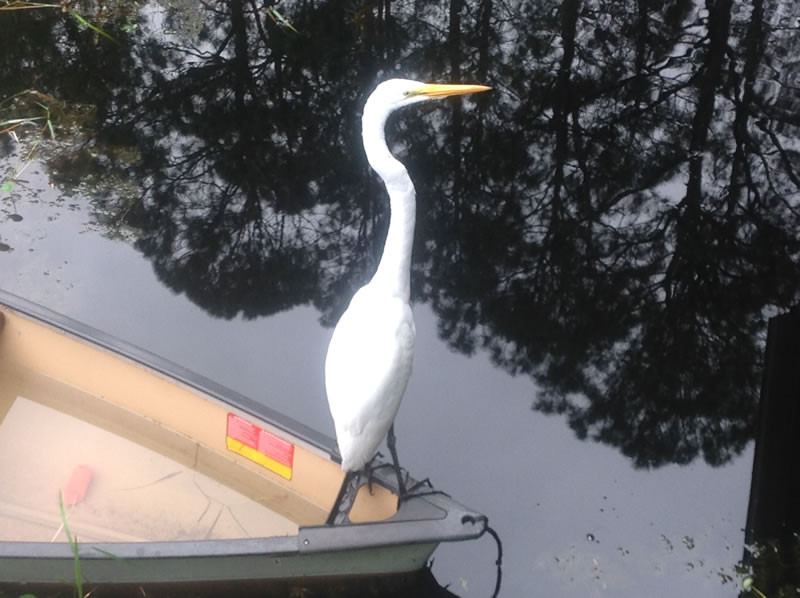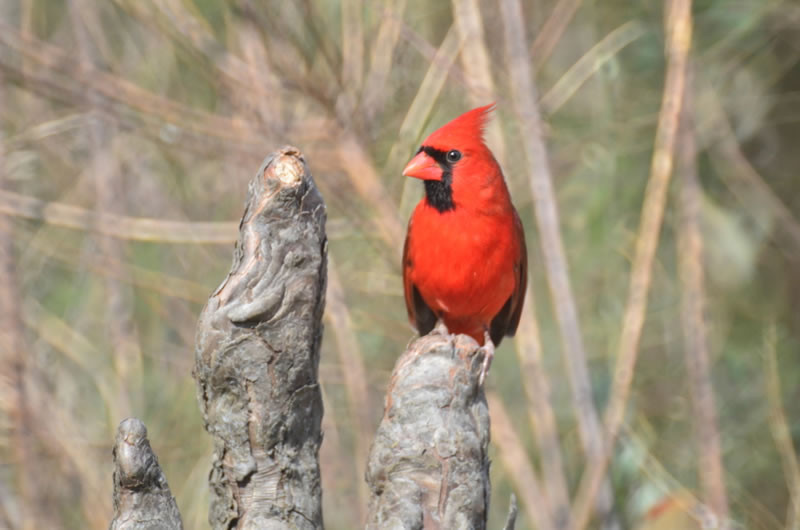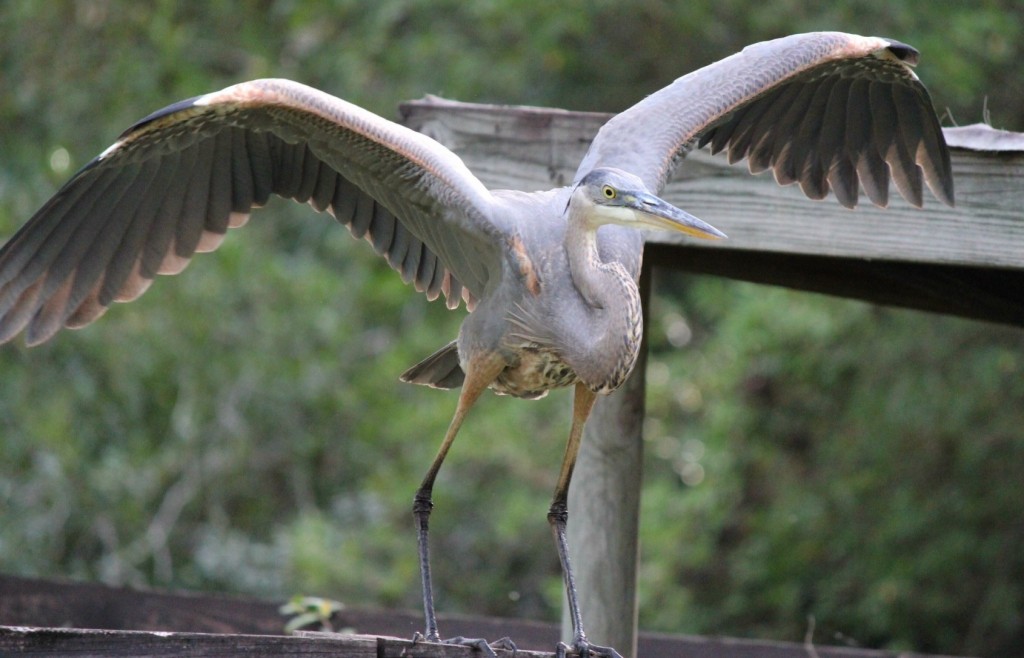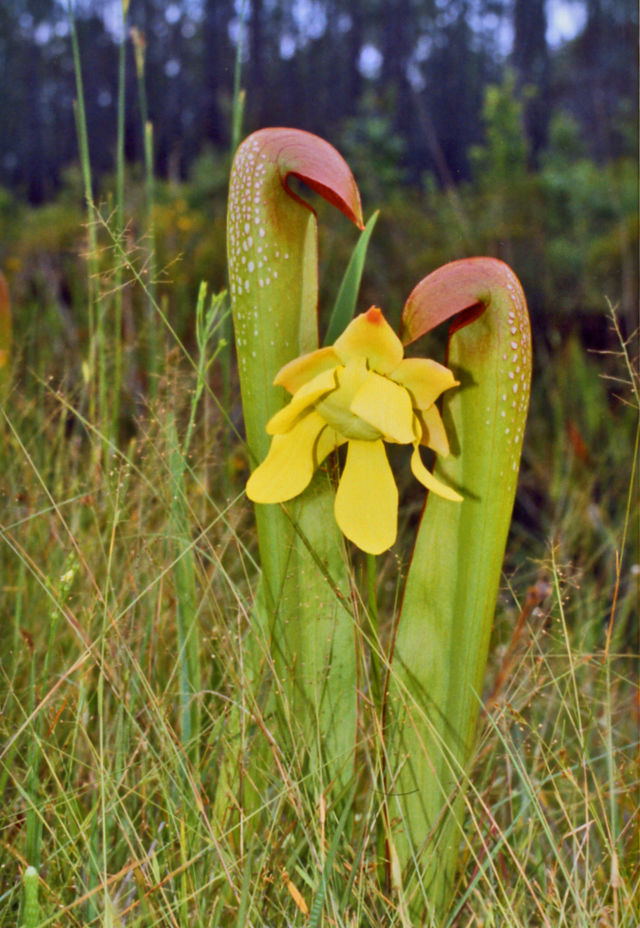Okefenokee Swamp
What And Where Is Okefenokee Swamp?
Okefenokee Swamp sounds like a place worth reading about for the name alone; the vowel to high scoring scrabble letter ratio is intriguing. The name “Okefenokee” in fact means “land of trembling earth” in Native American.
The swamp itself consists of 438,000 acres of swamp that straddles Georgia and Florida. Fed by the Okefenokee Swamp River, it’s the biggest black water swamp in North America. The place looks exactly like you would expect a swamp to look – dark, a little bit creepy and bustling with life.
The inhabitants of Okefenokee swamp, who proudly refer to themselves as “swampers,” are predominantly of English descent. Thanks to the isolation that the swamp provided them, they kept their Elizabethan turns of phrase and syntax well into the twentieth century.
There’s a video of one of the swamp’s tour guides speaking at the bottom of the page, he sounds like a living caricature, and not in a bad way.
I was pretty sure I’d never read about the Okefenokee swamp before today, but there’s something about the name that rings a bell. Do you agree? Well, I found out why. In an episode of Teenage Ninja Mutant Turtles called “Invasion of the Punk Frogs,” Krang accidentally sends a canister of mutagen ooze to the Florida part of the Okefenokee Swamp. This turned out to be a costly error and four standard frogs mutated into humanoid frogs, what an idiot.
The mutant turtle reference might not be enough in itself to make the name feel familiar, but that’s not the only place the name crops up.
In the original Scooby Doo cartoons, the “Oke-Fu-noke Swamp” is mentioned in a few episodes. There’s also an old Roger Rabbit cartoon set in the “OkeyDokey Swamp” and the script of M*A*S*H mentions the place a number of times. So I guess that explains why the name Okefenokee rings a dull bell between my ears.
Okefenokee Swamp’s Close Calls
The swamp itself has survived many human and natural attempts to destroy it, but it’s a powerful and unstoppable force and simply will not be compromised.
In the late 19th century, there was an attempt to drain the swamp by digging a canal through it, they failed and the company trying to empty it went bust.
More recently DuPont made plans to mine titanium out of the swamp over the following 50 years, but thanks to the weight of public opinion and concerns over pollution, the plans were halted. In 2000, DuPont had to drop their plans and retire their mineral rights forever, they donated most of the land to Okefenokee National Wildlife Refuge.
The next Okefenokee drama struck in 2007: a huge 600,000 acre forest fire burned a great portion of the swamp. As if the gods were truly against this damp patch, their troubles continued and in 2011 the Honey Prairie fire set out to destroy the swamp anew.
After months and months of battling the flames, they were eventually extinguished. The swamp was decimated by these two fires but is now back on the road to recovery.
Okefenokee Swamp: Wildlife
Okefenokee is a haven for wildlife as you can imagine, it’s a refuge for the black bear, but it’s most famed for its reptiles which are found in abundance, including a terrifyingly strong population of alligators. Here’s one “belowing”… try not to think about Jurassic Park when you hear this…
The bird life is awesome too, it inclides herons, egrets, ibises, cranes and bitterns, whose populations fluctuate with the seasons.
Okefenokee swamp has an impressive collection of carnivorous plants to boot, including many species of bladderwort and one of the biggest carnivorous plants of all, the hooded pitcher plant (below), which grows to its most impressive size in the Okefenokee region.
Despite the dramas, nothing can bring the Okefenokee Swamp to its knees. Now protected by law, the swamp is stronger than ever and it looks amazing. If you’re planning a visit HERE’S THE OFFICIAL SITE.
Here’s the video of the tour guide giving his spiel in the most impressive deep south accent I’ve ever heard:

